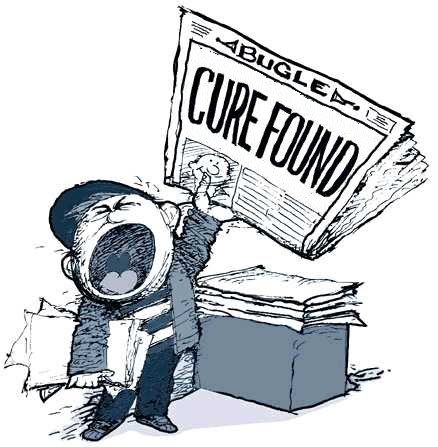I like to say that I never get lonely. After all, I’m surrounded by people all day. How could I possibly be lonely? Even when I’m hiking “alone” I’m still around other people. Turn on the TV or pop open my computer and they are again, even more people. So how can I ever be alone if I’m always around someone. But we all know that’s not how loneliness works. You could be in a committed relationship with someone and still feel lonely, still feel like you’re lacking an actual connection to someone. A phenomenon that dates back thousands of years.
As Laura Entis writes on Medium:
“Loneliness is part of the human condition. A primeval warning sign, like hunger or thirst, to seek out a primary resource: connection. Millions of years of evolution have shaped us into creatures who need social bonds in the same way that we need food and water.
And yet we increasingly find ourselves isolated. Loneliness is no longer a powerful enough driver to break us out of the silos created by modern life. Like our insatiable love of high-calorie foods, what was once an adaptive tool has become so misaligned with the way we live that it’s causing, in the words of former surgeon general Vivek H. Murthy, an ‘epidemic.’”
So what can we do about it? Just mope around and hope others feel sorry for us? Or is there something else we can to treat our affliction? Something more proactive? Well, as it turns out we may one day have a pill that we could take. A cure for loneliness. Which is a good thing. Because loneliness is absolutely horrible.
As Entis puts it, “The trouble is that chronic loneliness doesn’t just make you feel terrible—it’s also terrible for you. Loneliness elevates our risk of developing a range of disorders, including cardiovascular disease, neurodegenerative diseases, cognitive decline, and metastatic cancer. It also weakens the immune system, making us more susceptible to infections. Left untended, even situational loneliness can ossify into a fixed state that changes brain structures and processes, says Stephanie Cacioppo, director of the Brain Dynamics Lab at the University of Chicago Pritzker School of Medicine.”
Well that’s depressing. As someone who prefers to be alone most of the time I suddenly find myself rethinking my life choices. I also find myself re-thinking how I view others. If loneliness really is that serious then I need to step up my game and go out of my way to befriend more people, especially if I see someone who appears lonely. For I wouldn’t just be doing them a solid, I’d be saving their life. Either way, it’s great that there may one day be a way to treat loneliness. And we may be able to do so with a simple pill.
According to Entis, “It’s less science fiction than it sounds. A number of clinical trials — led by Stephanie and others — are already underway, targeting the ways in which chronic loneliness changes the brain, as well as the havoc it unleashes on the nervous system. If there are pharmacological treatments for other social pains like depression and anxiety, why not loneliness?”
Why not, indeed.
So hopefully, research into this area continues and such a pill does in fact one day materialize on pharmacy shelves. Until then I’ll try to do my best to cure this affliction the old fashioned way. By actually talking to people.

Is a cure for loneliness the Greatest Idea Ever?
Read Full Post »










